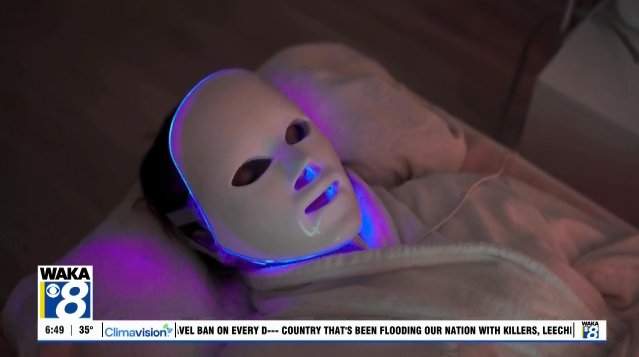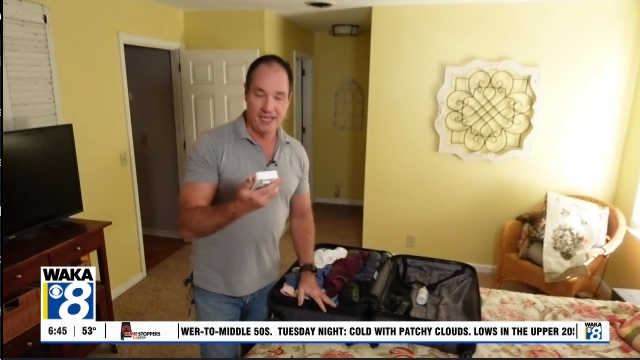What the Tech: Why parents should keep an eye on their kids’ phones

BY JAMIE TUCKER, Consumer Technology Reporter
When parents glance at their kid’s phone, they might see some strange acronyms like CD9, KMS, or LMIRL. Ask the kids and they’ll throw a smoke screen. But these acronyms can be red flags.
For example, CD9, P911, MOS, and POS mean parents are nearby and watching and the
conversation needs to change.
Finsta refers to a fake Instagram account. Gas, 420, and OUID mean marijuana. And a Plug
might mean someone who can get drugs.
There are acronyms related to SEGGS, which is code for “Sex”. IWSN stands for I want sex
now, CU46 means see you for sex. And TDTM which means “talk dirty to me”.
Also concerning are NP4NP which stands for naked pic for naked pic, NIFOC, or naked in front
of computer, and GNOC, get naked on camera.
And when it comes to kids chatting with strangers? They might be asking ASL, or age sex and
location, or LMIRL which means “Let’s meet in real life”.
Bullying or self-harm acronyms and code include “KYS for kill yourself, KMS for kill myself.
Police also warn that the term “I had pasta tonight” can stand for “I had suicidal thoughts”.
The codes can be harmless but if they show up often or alongside other warning signs, it’s a
signal for parents to ask questions, and not just delete the message.
One of the most common mistakes parents make is thinking their child would never use these
terms. But peer pressure and online trends can make even responsible kids use language they
don’t fully understand.






